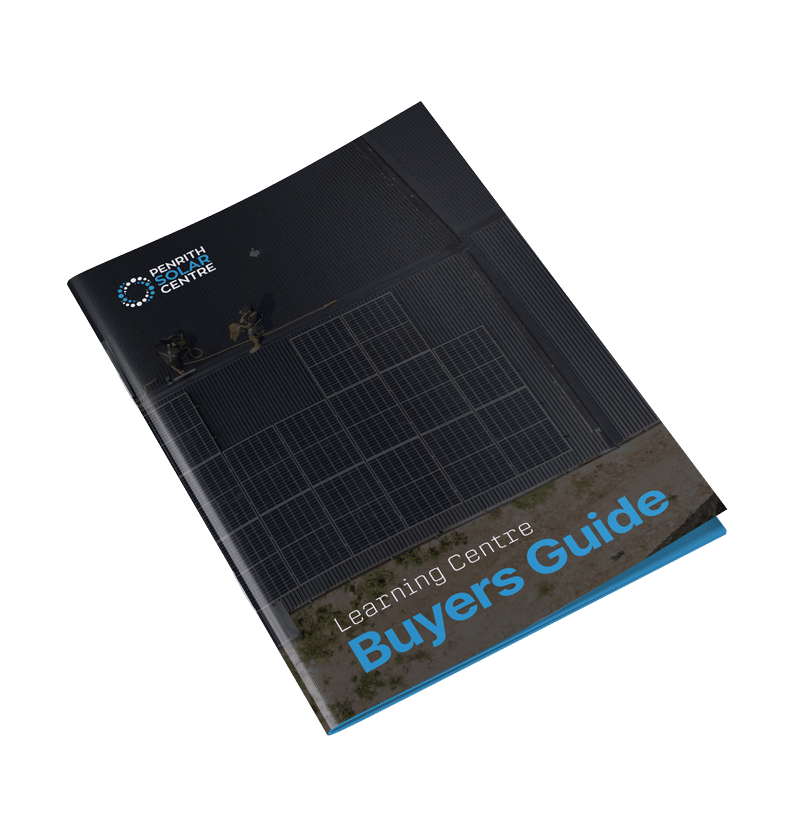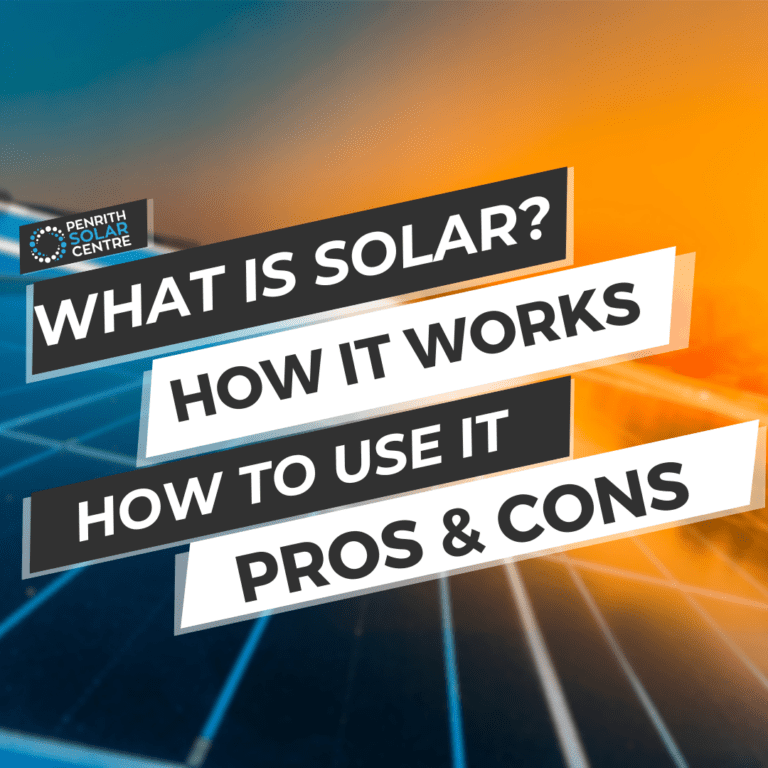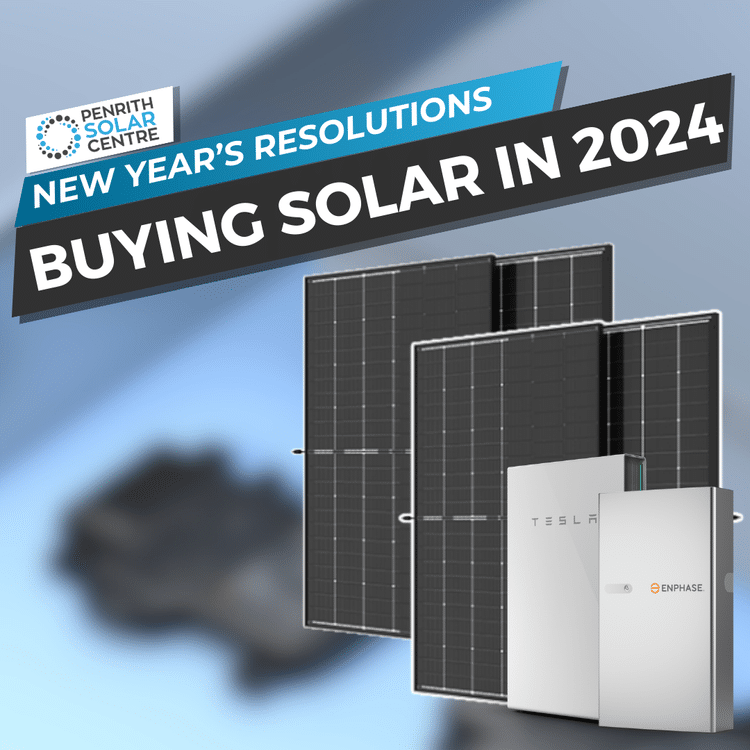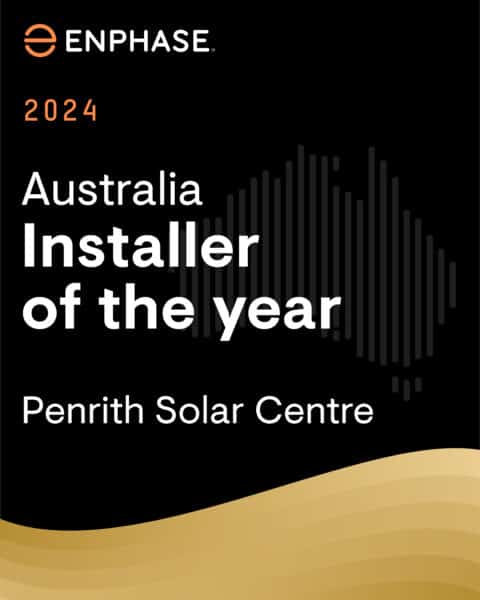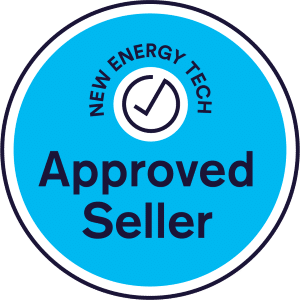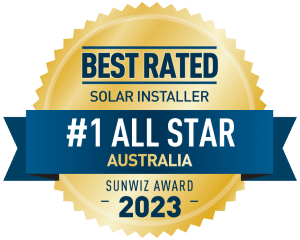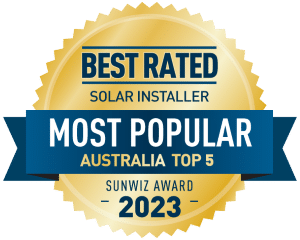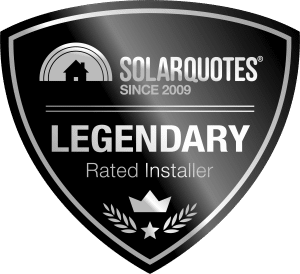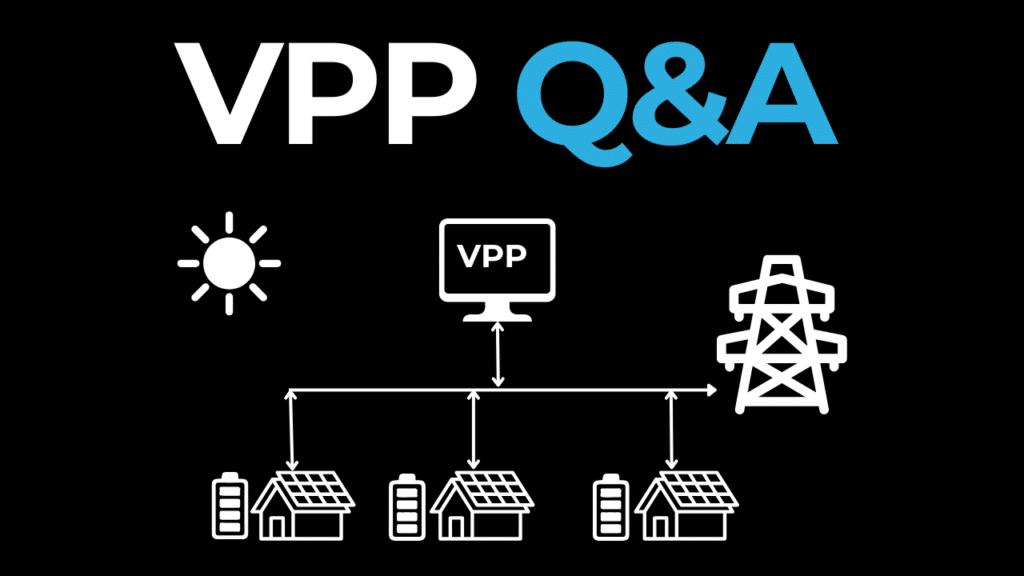
If you’re shopping for a solar battery, there’s a good chance a solar sales consultant has chatted with you about Virtual Power Plants (VPPs). They’re right to do so; solar batteries can save you even more money when coupled with a VPP.
At Penrith Solar Centre, we know a thing or two about VPPs. After all, we install solar batteries and how to pair them with a VPP for extra financial incentives. Before you sign up, it’s a good idea to ask yourself (and your potential provider) a few questions.
In this article, you’ll find information about the following questions:
- What Financial Benefits Does Your VPP Offer?
- Is Your Battery Compatible with Your VPP?
- What Are the Eligibility Requirements for Your VPP?
- What’s the Fine Print?
- VPP FAQ
By the end of this article, you’ll know how to choose a VPP with the best benefits and options for your unique energy needs and goals.
What Financial Benefits Does Your VPP Offer?
When choosing a VPP, the financial benefits it offers should be one of your top considerations. These incentives can significantly impact how much value you get from participating in a VPP program.
Here are some of the common financial perks to look out for:
Feed-In Tariffs (FiTs): VPPs pay you for exporting surplus energy back to the grid. Some offer higher rates during peak demand times. This is a great way to boost your return on investment for your solar battery. Check whether the provider uses fixed rates or dynamic rates that change based on market conditions.
Here’s a breakdown of the two main types:
Dynamic FiTs: These rates change based on market demand. You’ll get higher returns during peak periods when energy is in high demand.
However, to get the most out of them, you’ll need to keep an eye on them. It’s important to monitor time-of-use payouts and program your system to make the most of dynamic FiTs.
Fixed FiTs: These provide consistent rates regardless of demand. They’re more predictable and easier to manage. While they might not always offer the highest returns, they can provide a steady income.
Here are two examples of a Fixed FiT:
- Monthly Credits: Some VPPs offer fixed bill reductions simply for participating in the program. These monthly credits can make a noticeable difference in your electricity costs.
- Upfront Discounts: If you’re installing a new battery or solar system, look for providers that offer upfront discounts off the cost of a battery. They’ll reimburse you, sometimes generously, for signing up for their VPP.
Questions to Ask:
- How are FiTs calculated? Are they fixed or dynamic?
- Are there any bonuses or upfront incentives for signing up?
- How do the program’s benefits compare to other VPPs in your area?
Take the time to ask the right questions and compare offers so you can make a smart choice.
If you’re interested in learning how you can turn your solar battery into a source of passive income, you might want to check out the following article titled, Variable Feed-in Rates and VPPs in NSW.
Is Your Battery Compatible with Your VPP?
Before signing up for a VPP, it’s crucial to make sure your battery is compatible with the program. Not all VPPs support every battery model, so doing your homework can save you time, money, and frustration.
Many VPPs are designed to work with popular battery brands like the Tesla Powerwall. This model is well-known for its performance and reliability, making it a common choice for VPP participants. However, if you already have a battery, check with the VPP provider to see if it meets their technical requirements.
Most providers now offer Bring Your Own Battery (BYOB) programs, which allow you to use a battery you already own as long as it meets specific criteria, such as capacity and internet capability.
If you’re in the market for a new battery, consider choosing a provider that offers a discount. These incentives can significantly reduce the upfront costs on top of savings from the NSW battery rebate.
If you’re interested in learning a bit more about solar batteries, you might want to start with the following article titled, Adding a Battery to a Solar System.
Ready to go solar? Click here.
What Are the Eligibility Requirements for Your VPP?
VPPs are as unique as fingerprints. Each VPP provider has specific requirements for participation.
These criteria make sure your system is compatible with their program. You want to fully benefit from those VPP features, after all. Here are some common requirements to consider:
Minimum Solar System Size: Many VPPs require your solar system to have a capacity of at least 5kW. This ensures enough energy is available for both your home and the grid.
Internet Connection: A reliable internet connection is essential for real-time monitoring and communication with the VPP platform. If your connection is unstable, it could affect your participation.
Location: Availability often depends on your energy distribution network (DNSP). Some programs are only available in specific regions.
It bears repeating: before signing up, make sure you meet these requirements and confirm any additional criteria specific to the VPP you’re considering.
If you’d like to learn more about the price of a Powerwall 3, you might want to check out the following article titled, How Much Does a Tesla Powerwall 3 Cost?
What’s the Fine Print?
Before committing to a VPP, make sure the terms and conditions fit your unique needs and goals. Reading the fine print helps you avoid surprises. It will also help you feel comfortable with how the program works.
Here are some important details to consider:
Contract Length: VPP programs can range from flexible month-to-month plans to long-term commitments lasting several years (we’ve seen some up to 5 years). Think about how long you’re willing to stay in the program and choose a plan that aligns with that.
Cancellation Policy: Find out if there are fees or penalties for leaving the program early. A strict cancellation policy might lock you in, so make sure you’re okay with the terms before signing up.
Battery Reserve Policy: Check how much of your battery’s capacity will be kept for your personal use. For example, some VPPs might reserve 20% of your battery’s energy for your home, while the rest is exported.
Level of Control: Understand how much control the VPP provider will have over your battery’s usage. Make sure you’re comfortable with the level of access they’ll have to your system.
If you’re interested in learning a bit more about the warranties for the products we install, you might want to check out the following article titled, A Complete Guide to Solar Warranties.
Power up your savings. Click here.
VPP FAQ
Can I switch VPP providers?
Yes, you can switch VPP providers. However, it’s important to review your current contract for any penalties or fees associated with early termination. If you’re uncertain about committing long-term, look for providers that offer flexible, no lock-in contracts.
How much can I earn with a VPP?
Earnings from participating in a VPP vary based on factors like your provider’s rates, the size of your battery, and your energy use patterns. There’s potential for additional income during periods of high energy demand from the grid.
What happens during a blackout?
Many VPPs reserve a portion of your battery’s capacity for personal use. This is to make certain you have some backup power during outages. It can vary from provider to provider.
How does joining a VPP affect my energy independence?
Participating in a VPP means your energy resources are partially managed by the provider to support the grid. While this can lead to financial benefits, it’s important to understand that it will reduce your autonomy over your battery and your energy. Make sure you’re comfortable with the level of control your provider will have over your system.
Will joining a VPP impact my battery’s lifespan?
Regular cycling of your battery, as managed by a VPP, will contribute to wear over time. There’s no way to sugarcoat this. It’s why they offer financial compensation for using your solar battery.
Can I participate in a VPP without a solar panel system?
Yes, some VPPs allow participation with battery storage alone, even if you don’t have solar panels. You can store energy from the grid during off-peak times and discharge during peak periods, potentially earning incentives.
If you’d like to learn a bit more about what solar batteries are on the market, you might want to check out the following article titled, 6 Best Solar Batteries on the Market.
A VPP Will Keep the Wind in Your Cells
Now you know a bit more about how to choose the best VPP provider for your unique energy needs and goals.
At Penrith Solar Centre, we understand that every solar system is unique because every home is unique. Choosing a solar battery and VPP provider that are tailored to your needs and goals is what we do.
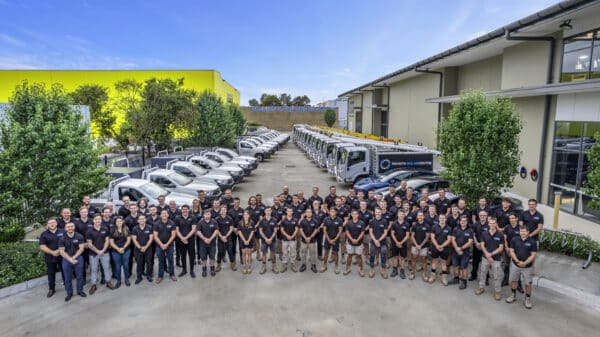
If you’re interested in learning a bit more about the battery market, you might want to check out the following article titled, Best Home Solar Batteries for 2025.
